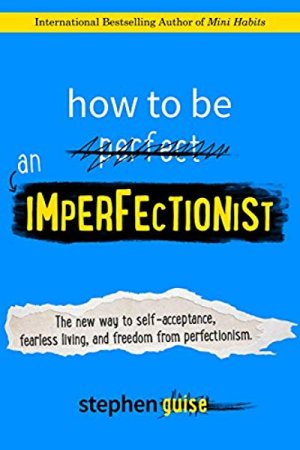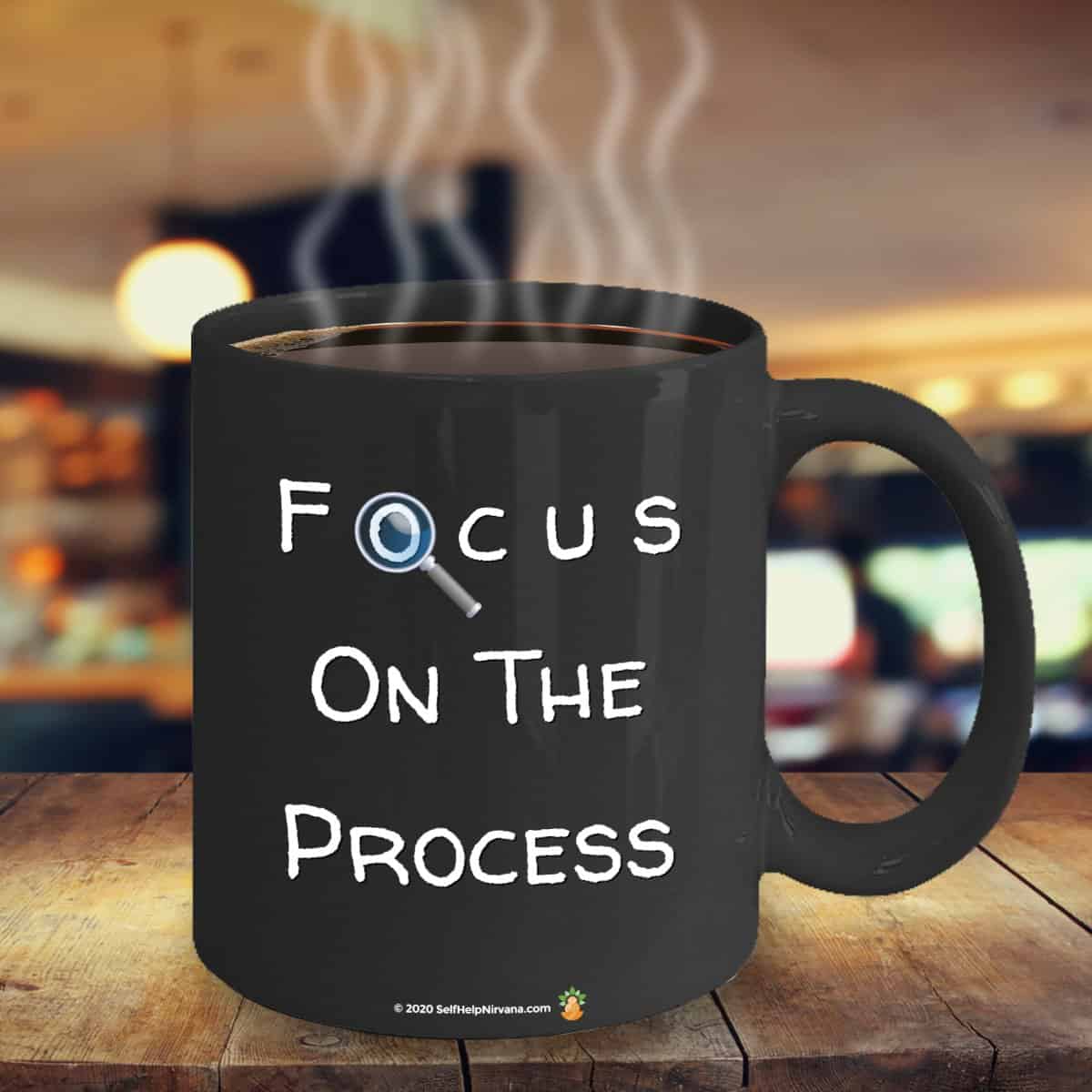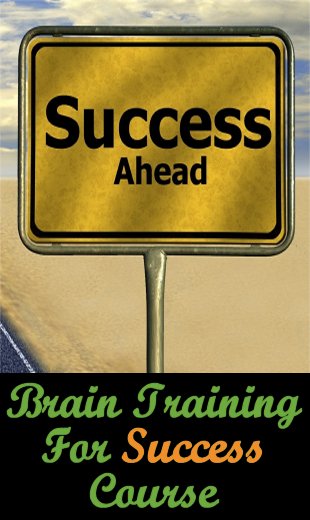A Review Of How To Be An Imperfectionist
I’ve written about perfectionism elsewhere, so I was pleased when I recently came across a book called How To Be An Imperfectionist by Stephen Guise.
It’s one of those books that makes me wonder what would have been different in my life if it had been available when I was much younger – and I’d read it and taken the lessons it contains to heart too, of course.
This isn’t to say I regret that none of that happened, because as I’ve also discussed, I don’t believe in having regrets.
So, what is the book about?
Well, there are two main areas of focus: perfectionism (e.g. what it is, what causes it, and why it’s more dangerous than you might think), and imperfectionism (e.g. what that is, why it’s a good strategy to adopt, and ways to deal with your perfectionist tendencies).
It’s also worth pointing out that, while standalone to a large degree, it does follow on from his previous book, Mini Habits, which I read after this one. (It too is a great book, and one I intend reviewing at some stage.) But if you haven’t read that book first, don’t worry – he provided enough context and background so that it won’t be a problem.
So, back to the imperfectionism book.
These are the chapter headings, which give you a rough overview of the general flow of the book:
- Introduction
- The Perfectionist Mind
- The Poison of Perfectionism
- The Freedom of Imperfectionism
- Unrealistic Expectations
- Rumination
- Need for Approval
- Concern over Mistakes
- Doubts about Actions
- Application Guide
The dangers of being a perfectionist are well-known, as this quote from Tolstoy demonstrates:
“If you look for perfection, you’ll never be content.“
It seems as though it may be a natural human trait, and the World Health Organization have stated that it is on the rise, which, they claim, may be one explanation for the increase in anxiety and depression.
The fact is, as the author of this book points out, perfection is almost never attainable, and usually leads to negative effects, including:
- Never getting anything started (because you assume up front it won’t meet your high standards).
- Never getting anything finished (because you are constantly striving to make your project flawless).
- And the consequent impact on your self-confidence and self-esteem (e.g. thinking you’re never good enough).
The book goes into some detail about the different types of perfectionism:
- Perfect Context (e.g. you won’t do something unless the situation, such as location or time of day, or availability of the right tools, is perfect).
- Perfect Quality (e.g. everything must be “just so”, which is the type of perfectionism most people think about when they hear the word).
- Perfect Quality (e.g. setting some threshold below which you consider yourself to have “failed”, even though that threshold may be arbitrary).
He then discussed the main causes of perfectionism (e.g. insecurity, inferiority complexes, general discontent, parents / school) before moving on to the (largely perceived) benefits of striving for perfection.
Next are the many ways in which perfectionism can be harmful, which include a tendency toward passive rather than active pursuits (e.g. watching television), reduced performance, and self-handicapping
Where it gets interesting, though, is when he starts to talk about how you can change – from being a perfectionist to an imperfectionist.
There is a fair bit of discussion regarding motivation (a subject he covers in more detail in his Mini Habits book).
And the following paragraph is one of the key points here:

(This is also a key aspect from his other book.)
He then moves on to:
- Explain what imperfectionism is.
- The ways in which it can be beneficial.
- The five-step process for adopting an imperfectionist approach.
- Discuss other ways you can become an imperfectionist.
The next chapter talks about expectations – both general ones and specific ones – and the difference between “never enough” and “not quite enough”.
Another key point for me was:
In other words, when you are less bothered about the results of the process, the process itself becomes easier.
Or, as the author puts it:
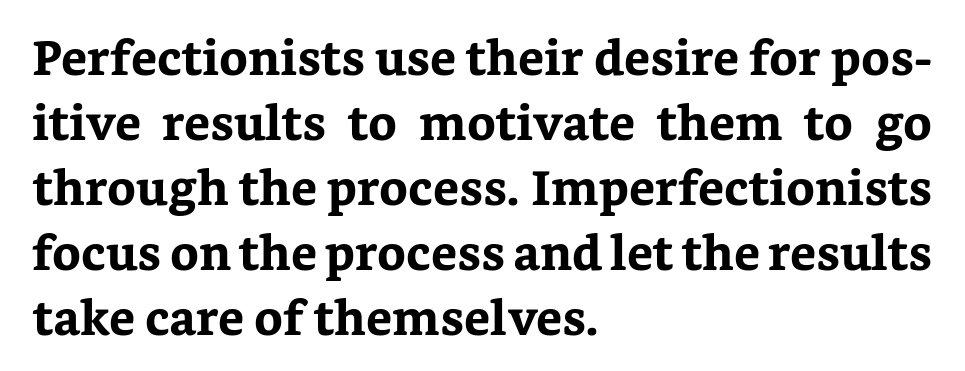
Next, he discusses rumination, which is a form of thinking about something over and over again. Psychologists define rumination as a maladaptive trait, while the author considers it to be yet another form of perfectionism.
In particular, he focuses on the chance and failure, and why it’s important to understand the difference between these two, because once you appreciate that, it makes it easier to let go of your perfectionist tendencies.
In a similar vein, he discusses the difference between “should” and “could”, and why the latter is a better word choice when you’re engaged in self-talk.
In the following chapters, he covers:
- Seeking approval, which is something I’ve touched on here.
- Making mistakes.
- Impostor Syndrome.
- The Binary Mindset, which is a tool that allows you to change your perspective on tasks, where a perfectionist approach that is largely analogue can be replaced by an imperfectionist one that is binary in nature. He is rightly (in my opinion) proud of this tool, and I can easily see how it can make a world of difference.
- Modular Success, which is all about redefining your definition of success and “chunking”.
- Making faster decisions and the Two-Minute Rule.
- Quantity vs. Quality.
The final chapter (other than end material) is called Application Guide, which is really a summary of all the tips, tools, and techniques that are dotted throughout the book.
Conclusion
I found the book to be fascinating and refreshing, and I can truly see it being helpful to a lot of people.
If I could sum up the entire approach to this counter-intuitive strategy, it would be this:
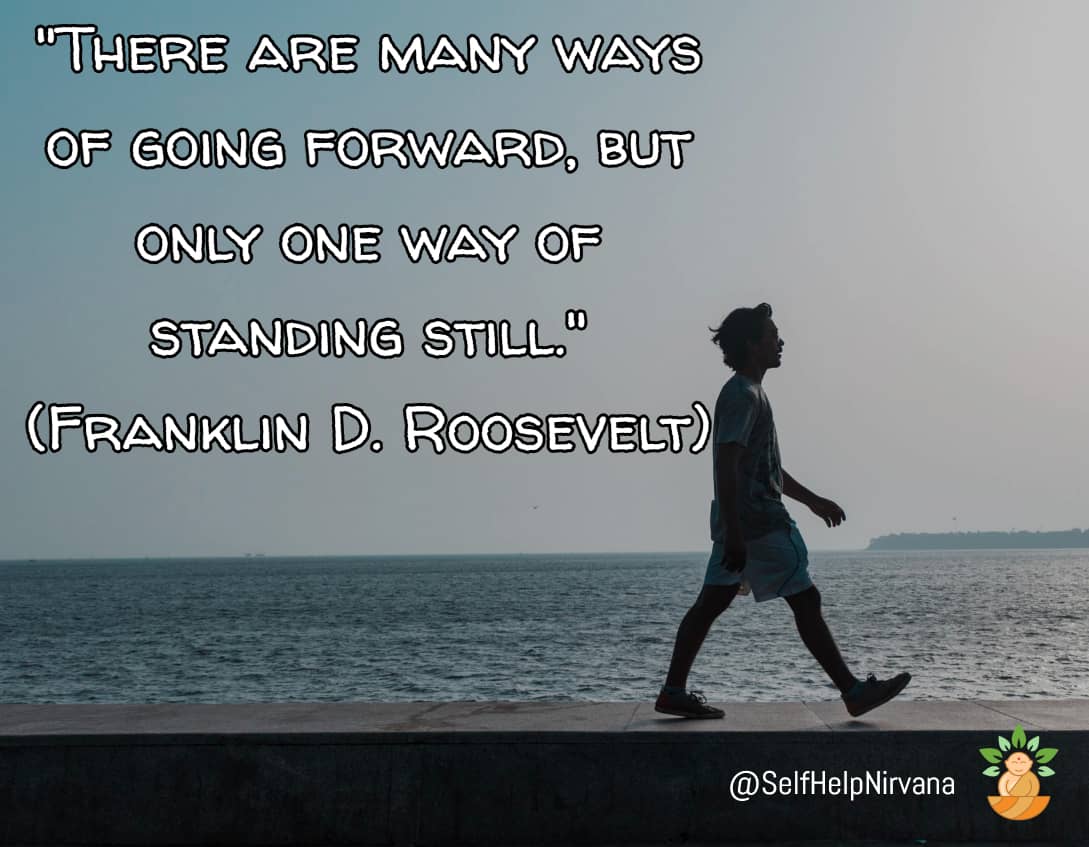
In other words, any progress is better than no progress, and once you realize this, you won’t be paralyzed with fear that you won’t create perfection.
Personally, especially in my former life back in England, I was definitely prone to perfection, always wanting to keep tweaking things (e.g. computer programs or documents) until they were “perfect”.
Since moving to the USA, simplifying my life, and adopting a non-traditional lifestyle, I have become far less perfectionist, a journey I found difficult (but easier than it was for my late wife), and I am much happier to produce something that is “good enough”.
For anybody who recognizes they may have perfectionist desires, then I highly recommend this book – it may change your entire perspective on life, and even your life itself.
Additional Resources
These are suggestions for those who wish to delve deeper into any of the above:

